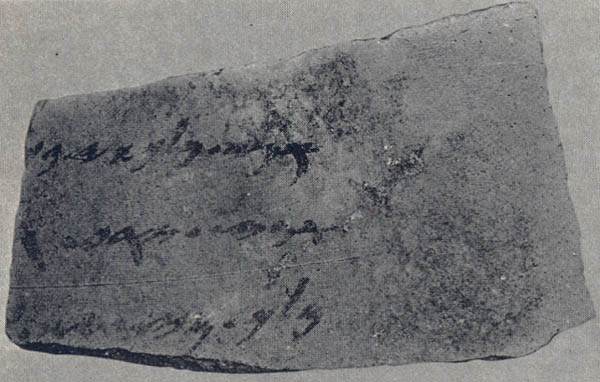Image Details

Courtesy of The Israel Exploration Society
A king announces his accession to the throne in the tantalizingly incomplete message on this ostracon found at the Arad fortress: “I have come to reign in a[II] … / Take strength and … / King of Egypt to ….” But which king? And to whom is he writing? The author believes the ostracon is a copy of a “literary” text—i.e., a royal proclamation, inscription, letter or some other document of permanent importance—which shows that even someone at a frontier outpost had access to such a document and the ability to copy it.
The identification of the king and the significance of the text have been a matter of controversy for years. The late Yohanan Aharoni, who deciphered the Arad inscriptions, argued that Jehoahaz sent this message to the commander of the Arad fortress to announce the beginning of his brief reign as King of Judah in 609 B.C. (2 Kings 23:31). The imperative, “Take strength,” and the reference to the “King of Egypt” may indicate an order to prepare or war with pharaoh Necho. As events turned out, Necho deposed Jehoahaz (2 Kings 23:33) and apparently destroyed Arad.
Yigael Yadin, however, disputed this interpretation on linguistic grounds and insisted that the text referred to a city from which the king ruled rather than a territory over which he ruled. He suggested that the text was a letter (c. 610 B.C.) from Assur-uballit, the last Assyrian king, to Josiah, King of Judah. In this interpretation, Assur-uballit is telling Josiah that although the Babylonians have driven him out of his capital, “I am now ruling in Carchemish. Take strength (i.e., do not be afraid), and let the king of Egypt cross your country and come to my aid.”
